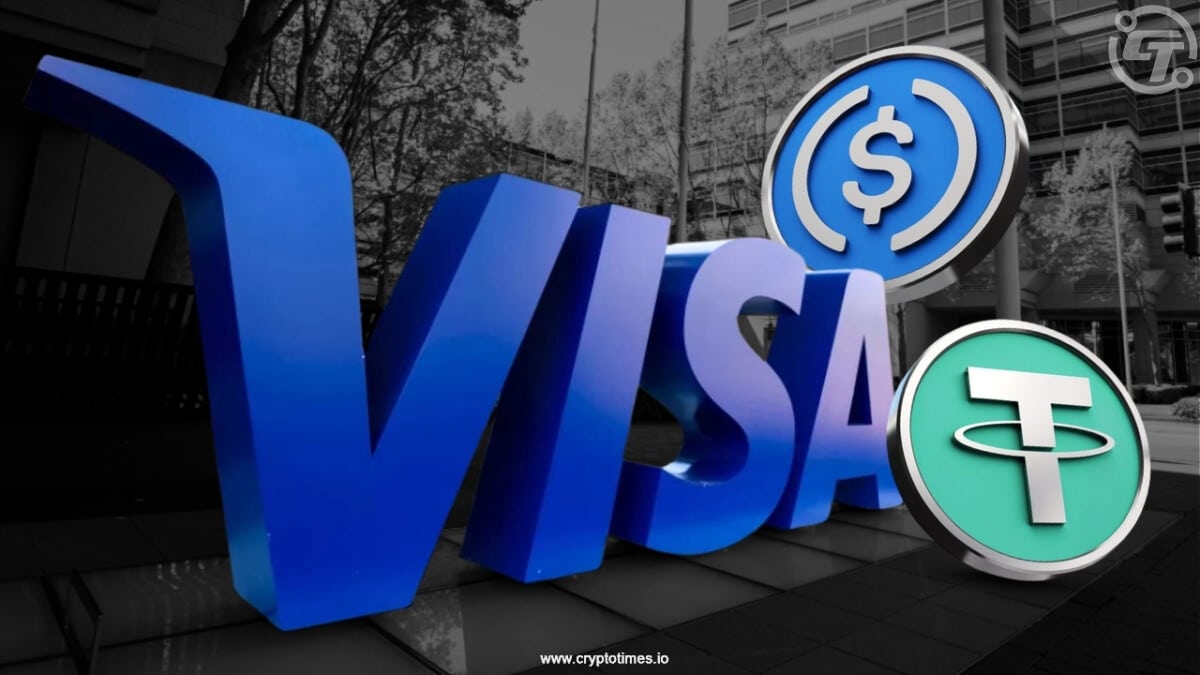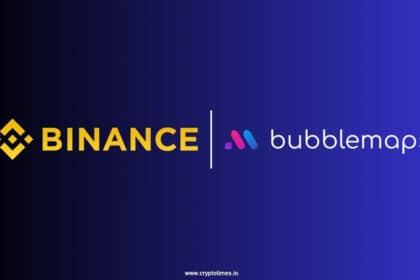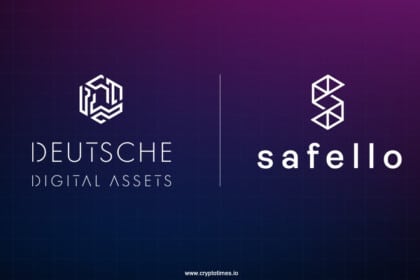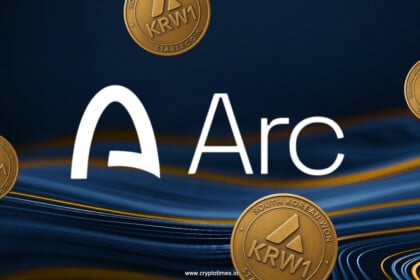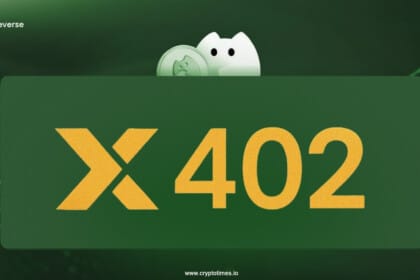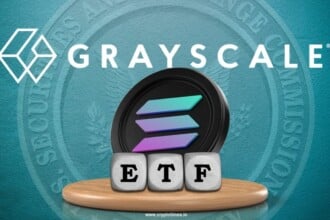Visa plans to widen its use of stablecoins after seeing a sharp rise in demand from banks, fintech firms, and users sending money across borders. The payments company said it will soon support four additional stablecoins across four different blockchains, although it has not yet disclosed which ones.
The move comes as the company reported its fourth-quarter earnings for fiscal 2025 and noted higher usage of stablecoins for everyday and cross-border payments.
More usage across Visa’s network
Speaking on Visa’s fourth-quarter earnings call, CEO Ryan McInerney said stablecoins are becoming a more important part of the firm’s settlement network. He noted that Visa has already processed about $140 billion in crypto and stablecoin-related flows since 2020, including purchases made using Visa credentials.
McInerney told investors the company sees “particular momentum with stablecoins,” pointing to a sharp rise in usage across Visa-linked cards and payment services.
Visa now has more than 130 stablecoin-linked card issuing programs operating in over 40 countries, and stablecoin-linked card spending in the fourth quarter was four times higher than the same period last year. Monthly stablecoin volume on Visa’s network has now reached a $2.5 billion annualized run rate.
The company did not name the four new stablecoins or which blockchains they will run on, but McInerney said, “We are adding support for four stablecoins, running on four unique blockchains, representing two currencies, that we can accept and convert to over 25 traditional fiat currencies.”
Visa currently supports USDC, Euro Coin, PayPal USD, and Global Dollar on networks including Ethereum, Solana, Stellar, and Avalanche. The new expansion would add more options for banks and financial institutions that use Visa to send and receive digital payments.
Focus on faster cross-border settlement
One area of focus for the company is cross-border transactions, where stablecoins can transfer funds more quickly than banking rails. Visa just introduced a pilot program that lets banks pre-fund cross-border transactions with tokens such as USDC and EURC.
McInerney said the next step is to allow banks and institutions to mint and burn stablecoins using Visa’s tokenized asset platform, effectively letting them issue and settle digital tokens directly rather than relying solely on external stablecoin issuers.
Visa’s stablecoin expansion follows a strong quarter financially. The company reported $10.7 billion in Q4 and $40 billion for the year, with payment volume at $14 trillion.
Also Read: Australia Expands Oversight to Stablecoins and Wrapped Tokens


